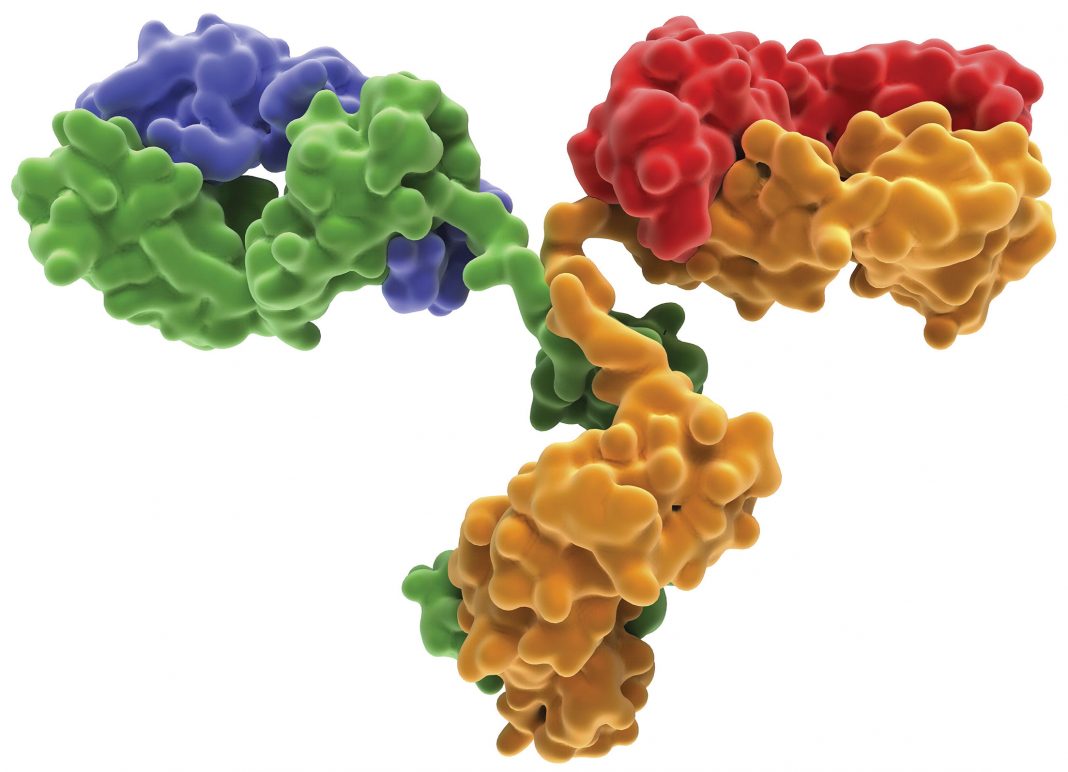Monoclonal antibodies (mAbs) are susceptible to light throughout the manufacturing process. Unfortunately, light exposure studies do not always accurately represent proteins’ photostability under ambient light conditions during manufacturing and handling.
“Under ICH Q1B guidelines for photostability studies, biologics products are exposed to cool white fluorescent light at 400–800 nm and ultraviolet A (UVA) light at 315–400 nm wavelengths with a minimum exposure of 1.2 million lux-hours under visible light and 200 Wh/m2 of UV light. These exposure guidelines are not a true representation of biologics photostability at ambient light conditions,” Haresh More, PhD, principal scientist at Bristol Myers Squibb (BMS), tells GEN.
“Therefore, it is necessary to understand this risk by conducting room temperature/room light (RT/RL) studies to determine light exposure limits during drug manufacture.”
In a recent paper, More and colleagues say aggregation was greatest when the mAbs were exposed to halophosphate- and triphosphor-based cool white fluorescent lamps, compared to LEDs. Increases in aggregation peak at approximately six-to-seven-fold, depending on the mAb and the light source.
Covering the fluorescent lights with a plastic casing “significantly reduced aggregation levels,” they say, by reducing the UVA wavelengths those lights emit by approximately five-fold.
The study shows that mAb molecules have different levels of light sensitivity and that “UVA irradiance from cool white fluorescence is a major contributor to photosensitivity,” Moore says. Some mAbs are even sensitive to the blue region (400–500 nm) of the light spectrum.
The implications for manufacturing, he says, “depend on the development data, which will influence the exposure time to given manufacturing conditions. It is best to know type of light, intensity, UV leakage from those lights, and how long the product will be exposed to those lights at the manufacturing sites.”
When conducting RT/RL studies, More and his team say using a plastic casing is critical to filter out background UVA irradiance to accurately represent the conditions products will experience during manufacturing. For example, they measured UV intensity (mW/m2) at 37 for an unencased triphosphor light, but only 5 for an encased light at the sample level. Likewise, the UV intensity of an unencased halophosophate light was 21, while the encased UV light intensity was 3. Unencased LED lights, however, had a UV intensity of 0.
The researchers also recommend that light conditions for the study chambers range from 600–1400 lux of visible light, with UVA radiance at 1–3 mW/m2. As always, appropriate light and exposure determinations vary according to the product.
Most importantly, they recommend conducting RT/RL studies under conditions that accurately reflect what products will experience during manufacturing and handling, as well as the length of exposure to those conditions. Light mapping the manufacturing site, therefore, is wise.


